这篇雅思阅读文章的主要内容是人类文字的进化史。文字是在公元3,000年前由苏美尔人在古美索不达米亚独立发明的,也是在公元前600年在中美洲独立发明的,更是在公元前1,300年前由在中国独立发明的。
History of Writing
Writing was first invented by the Sumerians in ancient Mesopotamia before 3,000 BC. It was also independently invented in Meso-America before 600 BC and probably independently invented in China before 1,300 BC. It may have been independently invented in Egypt around 3,000 BC although given the geographical proximity between Egypt and Mesopotamia the Egyptians may have learnt writing from the Sumerians.
There are three basic types of writing systems. The written signs used by the writing system could represent either a whole word, a syllable or an individual sound. Where the written sign represents a word the system is known as logographic as it uses logograms which are written signs that represent a word. The earliest writing systems such as the Sumerian cuneiform, Egyptian hieroglyphics and Mayan glyphs are predominantly logographics as are modern Chinese and Japanese writing systems. Where the written sign represents a syllable the writing system is known as syllabic. Syllabic writing systems were more common in the ancient world than they are today. The Linear A and B writing systems of Minoan Crete and Mycenaean Greece are syllabic. The most common writing systems today are alphabetical. These involve the written sign (a letter) representing a single sound (known as a phoneme). The earliest known alphabetical systems were developed by speakers of semetic languages around 1700 BC in the area of modern day Israel and Palestine. All written languages will predominately use one or other of the above systems. They may however partly use the other systems. No written language is purely alphabetic, syllabic or logographic but may use elements from any or all systems.
Such fully developed writing only emerged after development from simplier systems. Talley sticks with notches on them to represent a number of sheep or to record a debt have been used in the past. Knotted strings have been used as a form of record keeping particularly in the area around the Pacific rim. They reached their greatest development with the Inca quipus where they were used to record payment of tribute and to record commercial transactions. A specially trained group of quipu makers and readers managed the whole system. The use of pictures for the purpose of communication was used by native Americans and by the Ashanti and Ewe people in Africa. Pictures can show qualities and characteristics which can not be shown by tally sticks and knot records. They do not however amount to writing as they do not bear a conventional relationship to language. Even so, the Gelb dictum (from its originator Ignace Gelb), that “At the basis of all writing stands the picture” has been widely accepted. An alternative idea was that a system by which tokens, which represented objects like sheep, were placed in containers and the containers were marked on the outside indicating the number and type of tokens within the container gave rise to writing in Mesopotamia. The marks on the outside of the container were a direct symbolic representation of the tokens inside the container and an indirect symbolic representation of the object the token represented. The marks on the outside of the containers were graphically identical to some of the earliest pictograms used in Sumerian cuneiform, the worlds first written language. However cuneiform has approximately 1,500 signs and the marks on the ouside of the containers can only explain the origins of a few of those signs.
The first written language was the Sumerian cuneiform. Writing mainly consisted of records of numbers of sheep, goats and cattle and quantites of grain. Eventually clay tablets were used as a writing surface and were marked with a reed stylus to produce the writing. Thousands of such clay tablets have been found in the Sumerian city of Uruk. The earliest Sumerian writing consists of pictures of the objects mentioned such as sheep or cattle. Eventually the pictures became more abstract and were to consist of straight lines that looked like wedges









 大马U.S.News排名
大马U.S.News排名 2022大马QS排名
2022大马QS排名 马来西亚QS亚洲排名
马来西亚QS亚洲排名 高考后留学美国
高考后留学美国

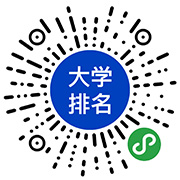
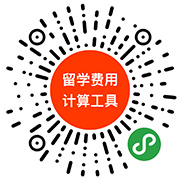
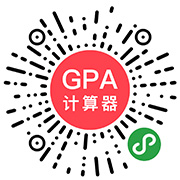
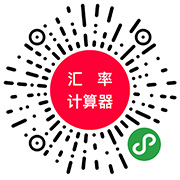
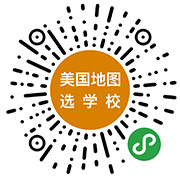
 香港大学
香港大学 香港中文大学
香港中文大学 香港科技大学
香港科技大学 香港理工大学
香港理工大学 香港城市大学
香港城市大学 香港浸会大学
香港浸会大学

